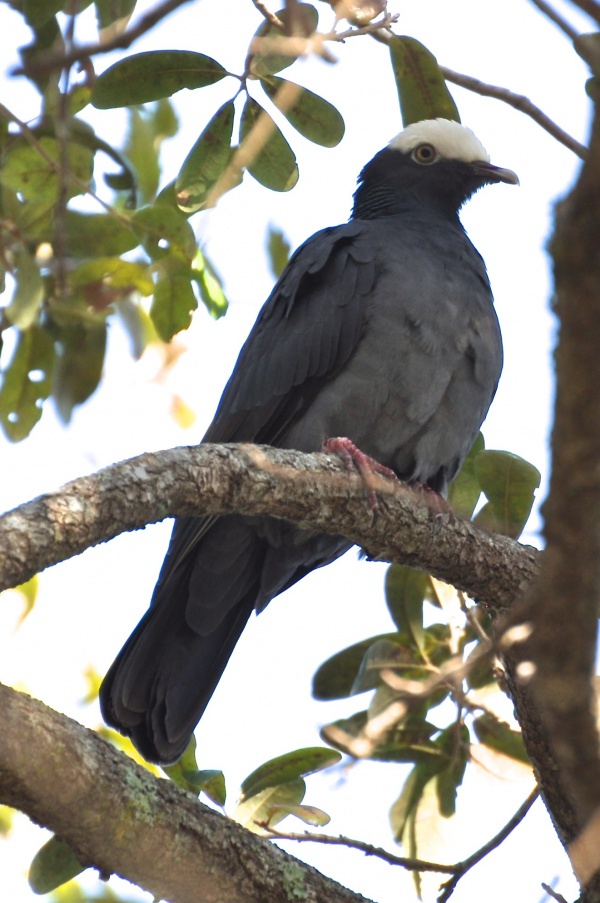Facts About White-crowned pigeon
The white-crowned pigeon is a striking member of the dove and pigeon family, Columbidae. This bird is primarily found in the Bahamas, Cuba, Jamaica, and Antigua. It has captured the attention of naturalists for centuries, with figures like John Ray, Hans Sloane, and Mark Catesby documenting it in the 18th century. Carl Linnaeus first classified the bird as Columba leucocephala in his 10th edition of "Systema Naturae" and later, Ludwig Reichenbach placed it in the genus Patagioenas. Notably, this species is monotypic, meaning it has no recognized subspecies.
In terms of appearance, the white-crowned pigeon is quite distinctive. It measures between 29 to 35 cm in length, has a wingspan ranging from 48 to 59 cm, and weighs between 150 to 301 grams. Its plumage is a sleek slate gray to almost black, with an iridescent collar patch that shines beautifully under the right lighting. If you ever hear a loud, deep coo-cura-coo or coo-croo, you might be in the presence of one!
These pigeons primarily reside in coastal mangrove forests, where they breed and find their preferred foods—fruits and seeds. Unfortunately, their habitats are under threat due to deforestation, and hunting poses a significant risk to their population. They are also prone to collisions with man-made objects and suffer from pesticide exposure.
The white-crowned pigeon is currently facing serious challenges. Its conservation status is at risk due to ongoing habitat loss and hunting. However, efforts are underway to protect these beautiful birds and their natural environments, aiming to ensure they continue to thrive in the wild.

 Canada
Canada